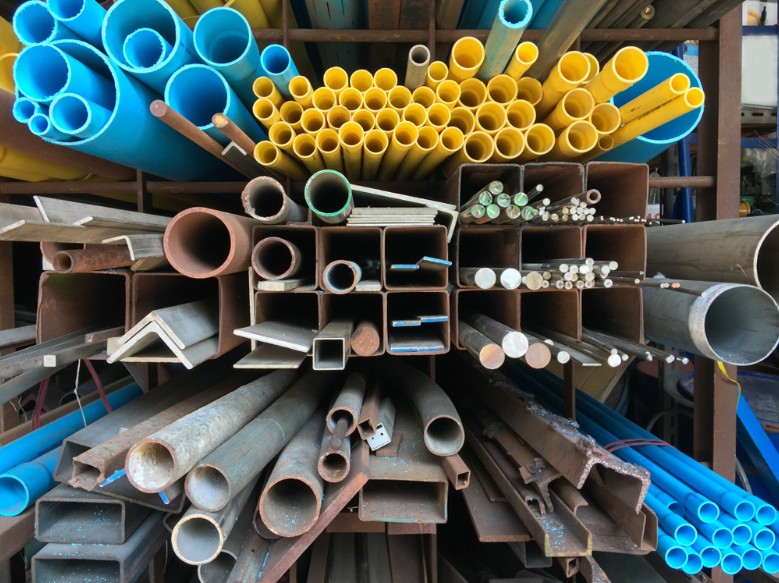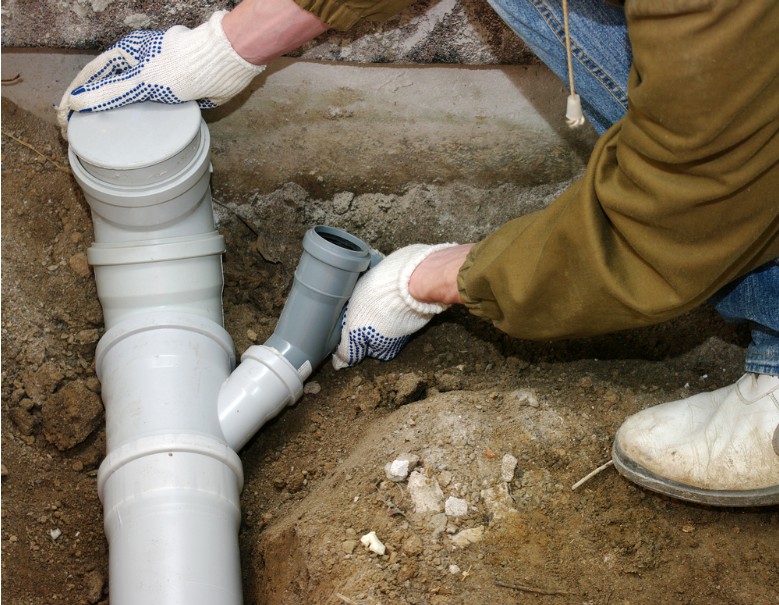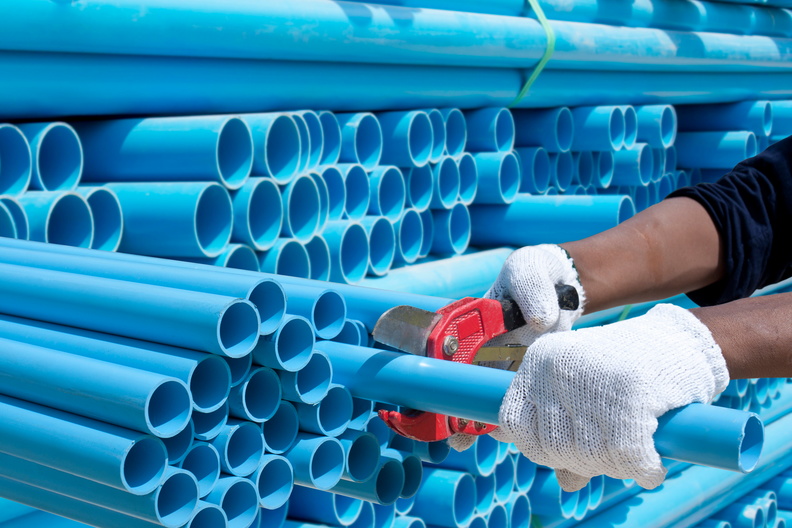When it comes to replacing or repiping water lines, choosing the right material is crucial for ensuring the longevity, safety, and efficiency of your plumbing system. Various factors such as cost, durability, ease of installation, and environmental impact play a significant role in this decision. Residents can benefit from consulting with a local plumber in Colorado Springs, CO to discuss the best pipe materials available for water line replacement or repiping. Here’s an overview of some common options, outlining their advantages and disadvantages to help make an informed choice.

1. Copper Pipes
Copper has been a reliable choice for decades due to its durability.
Advantages:
Durability: Copper pipes are highly resistant to corrosion and can last for over 50 years.
Safety: Copper is non-toxic and does not leach harmful substances into the water supply.
Heat Resistance: Copper pipes can withstand high temperatures, making them ideal for hot water lines.
Recyclability: Copper is a recyclable material, making it an environmentally friendly option.
Disadvantages:
Cost: Copper pipes are more expensive than some other materials.
Installation: Installing copper pipes requires soldering, which can be labor-intensive and requires skilled labor.
Potential for Theft: Copper’s high value can make it a target for theft in some areas.
2. PEX (Cross-Linked Polyethylene) Pipes
PEX pipes are popular for their flexibility and ease of installation.
Advantages:
Flexibility: PEX pipes are highly flexible, allowing them to be bent around corners and obstacles without the need for fittings.
Ease of Installation: PEX is easy to cut and join using simple connectors, reducing installation time and labor costs.
Cost-Effective: PEX is generally less expensive than copper.
Resistant to Corrosion and Scale: PEX pipes do not corrode or scale, ensuring a long lifespan.
Disadvantages:
Temperature Sensitivity: While PEX can handle high temperatures, prolonged exposure to UV light can degrade the material.
Permeability: PEX is somewhat permeable to oxygen, which can lead to corrosion of metallic components in the system.
Regulatory Restrictions: Some regions have restrictions on the use of PEX pipes due to concerns about chemical leaching.
3. PVC (Polyvinyl Chloride) Pipes
PVC pipes are commonly used for cold water lines due to affordability and ease of use.
Advantages:
Cost: PVC pipes are very affordable compared to other materials.
Ease of Installation: PVC is lightweight and easy to handle, cut, and join with solvent cement.
Corrosion Resistance: PVC pipes do not corrode, making them suitable for water distribution.
Disadvantages:
Temperature Limitations: PVC is not suitable for hot water lines as it can warp or melt at high temperatures.
Brittleness: PVC can become brittle and crack over time, especially when exposed to freezing temperatures.
Environmental Concerns: The production and disposal of PVC can have negative environmental impacts.
4. CPVC (Chlorinated Polyvinyl Chloride) Pipes
CPVC can handle higher temperatures, making it suitable for hot water lines.
Advantages:
Temperature Resistance: CPVC can handle higher temperatures than standard PVC, making it suitable for both hot and cold water lines.
Corrosion Resistance: Like PVC, CPVC is resistant to corrosion and chemical degradation.
Ease of Installation: CPVC is lightweight and easy to work with, similar to PVC.
Disadvantages:
Cost: CPVC is more expensive than PVC.
Potential for Brittleness: CPVC can also become brittle over time, particularly in freezing temperatures.
Chemical Sensitivity: CPVC can be sensitive to certain chemicals, which can cause the material to degrade.
5. Galvanized Steel Pipes
Once common, galvanized steel pipes are now less popular due to corrosion issues.
Advantages:
Strength: Galvanized steel pipes are strong and can withstand high pressures.
Cost: Initially, galvanized steel can be cost-effective.
Disadvantages:
Corrosion: Over time, the zinc coating can erode, leading to rust and corrosion inside the pipes.
Short Lifespan: Due to corrosion issues, galvanized steel pipes have a shorter lifespan compared to other materials.
Installation and Maintenance: Galvanized steel is heavy and difficult to work with, making installation and maintenance challenging.
6. Stainless Steel Pipes
Stainless steel pipes are durable but come with a higher price tag.
Advantages:
Durability: Stainless steel is extremely durable and resistant to corrosion and chemical damage.
Longevity: Stainless steel pipes can last for many decades with minimal maintenance.
Strength: These pipes can handle high pressures and temperatures.
Disadvantages:
Cost: Stainless steel is significantly more expensive than other pipe materials.
Complex Installation: Installation requires specialized tools and skills, which can increase labor costs.
Choosing the Right Pipe Material for Your Needs
Selecting the appropriate pipe material for plumbing repairs depends on various factors, including the specific application, budget, and local building codes. Here are some considerations to keep in mind:
Residential vs. Commercial:
Residential properties may benefit from the flexibility and cost-effectiveness of PEX or CPVC, while commercial properties might require the strength and durability of stainless steel or copper.
Water Quality:
Areas with acidic or corrosive water may benefit from using non-metallic pipes like PEX or CPVC to avoid corrosion issues that may lead to emergency plumbing situations.
Temperature Requirements:
For hot water lines, materials like copper, CPVC, or stainless steel are preferable due to their high-temperature resistance.
Budget:
Consider both the initial cost and the long-term maintenance costs when choosing a material. While copper and stainless steel have higher upfront costs, their longevity and reliability can make them more cost-effective over time.

Replacing or repiping water lines is a significant investment that requires careful consideration of the available materials. Copper, PEX, PVC, CPVC, galvanized steel, and stainless steel each have their unique advantages and disadvantages. By understanding these characteristics and assessing the specific needs of the plumbing system, homeowners and property managers can make informed decisions to ensure a reliable, efficient, and long-lasting water supply.
Consult a local plumbing company such as BullsEye Plumbing Heating and Air to determine the best material for your plumbing needs. Each option has unique advantages and disadvantages, so understanding them can help provide a reliable and efficient water supply.














